Monthly Stargazing Calendar for October 2011
Looking for the October 2025 stargazing calendar?
This month we were expecting to see a close approach of the comet Elenin. Unfortunately, the comet has recently lost in brightness and it seems that it is breaking up. Even these news haven’t stopped all that doomsday nonsense in the blogosphere about this comet crashing into the Earth or perturbing the Earth’s orbit, causing earthquakes, and many other ridiculous claims.
 Comet Elenin as seen by the STEREO HI1-B on Aug. 6, 2011, from about 7 million kilometers from the spacecraft. Image credit: NASA/STEREO.
Comet Elenin as seen by the STEREO HI1-B on Aug. 6, 2011, from about 7 million kilometers from the spacecraft. Image credit: NASA/STEREO.
Another major even this month is the Orionid meteor shower. It’s an average shower that will produce about 20 meteors per hour at the peak on the night of October 21-22 after midnight. Some meteors can be seen any time from October 17 – 25. The nearly last quarter moon may make it difficult to observe the faintest meteors this year. Below is a map of the constellation of Orion from which the meteors will appear to originate.
Would you like to be notified of stargazing events?
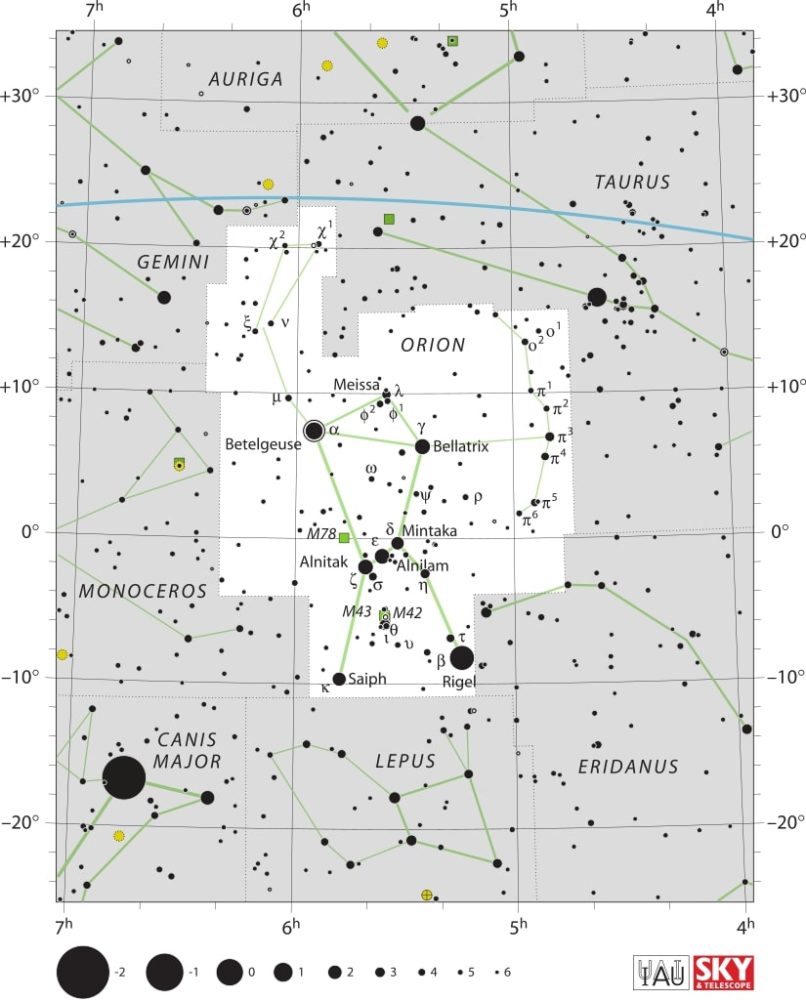
And finally, on October 29, Jupiter will be at opposition. The giant planet will be at its closest approach to Earth and its face will be fully illuminated by the Sun. This makes it the best time to observe Jupiter and its moons. With a medium-sized telescope you should be able to see some of the details in Jupiter’s cloud bands. However if you only have a pair of binoculars you should still be able to see Jupiter’s four largest moons (Io, Europa, Ganymede and Callisto).
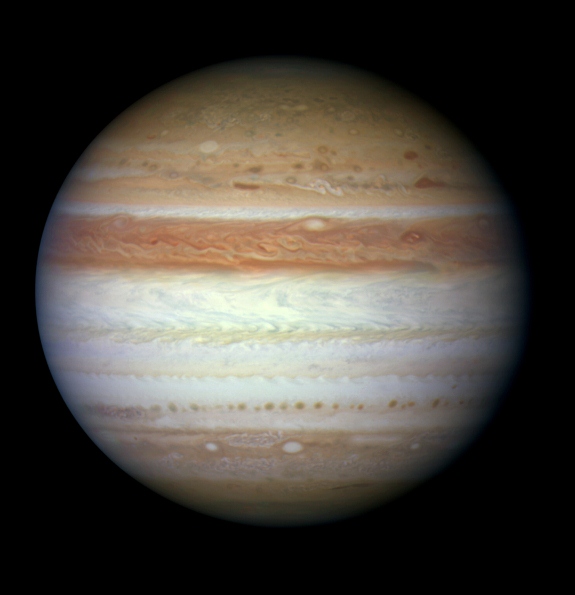 Jupiter as seen by the Hubble Space Telescope. Image credit: NASA, ESA, and the Hubble Heritage Team (STScI/AURA).
Jupiter as seen by the Hubble Space Telescope. Image credit: NASA, ESA, and the Hubble Heritage Team (STScI/AURA).
Moon phases
As you know, the Moon has a big impact on the visibility of celestial bodies in the night sky. So here are the Moon’s phases for this month:

Positions of the planets this month
Mercury: The closest planet to the Sun can be seen at dawn and dusk within the constellation of Leo not far from Venus and Saturn. This planet, being the closest to the Sun, will appear to move quickly in the night sky and its position will change in the following weeks.
Venus: The sister planet can also be seen within the constellation of Leo. It is really close to the planet Saturn and Mercury is also nearby. Just like Mercury, the planet can only be seen at dawn and dusk.
Mars: The red planet can be seen in the constellation of Cancer.
Jupiter: The gas giant is visible between the constellations of Pisces, Cetus and Aries. Jupiter can easily be spotted with the naked eye, even in highly illuminated cities.
Saturn: The ringed giant can be seen with the naked eye in the middle of the Virgo constellation, not far from the bright stars Spica and Vindemiatrix.
Uranus: The gas giant can be seen between the constellations of Pisces and Cetus with the use of a telescope.
Neptune: The blue giant requires a telescope pointed in the constellation of Aquarius in order to be seen.
Astronomical events next month
- November 8 – Asteroid 2005 YU55 close flyby
- November 17, 18 – Leonids meteor shower peak
- November 25 – Partial Solar Eclipse
See also:
- Previous month’s calendar: Stargazing Calendar for September 2011
- Next month’s calendar: Stargazing Calendar for November 2011
Would you like to receive similar articles by email?



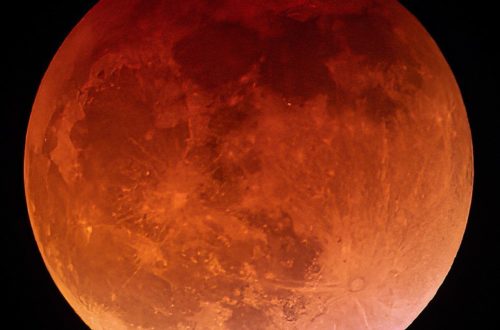
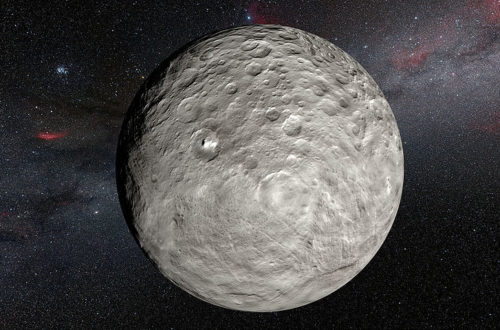
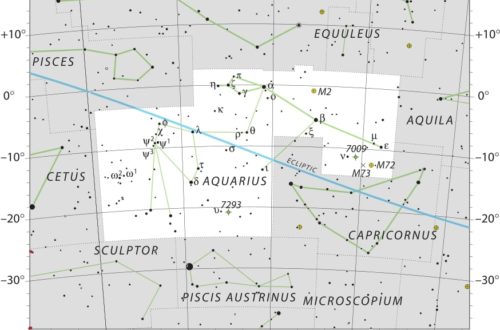
One Comment
Jack
October 20th, 2011
Did anyone see what I saw?
Oroinids? Explosion?